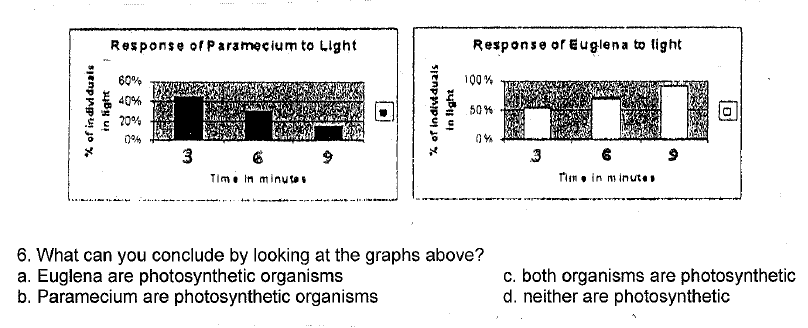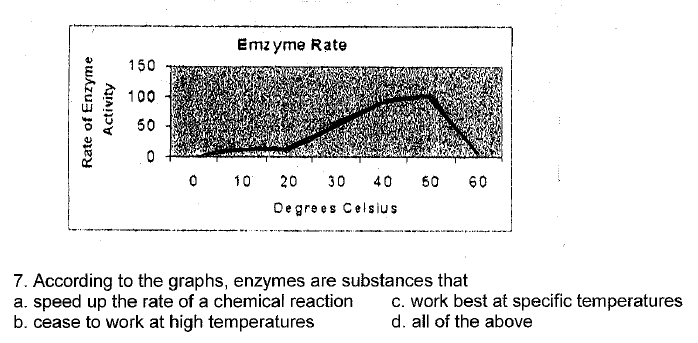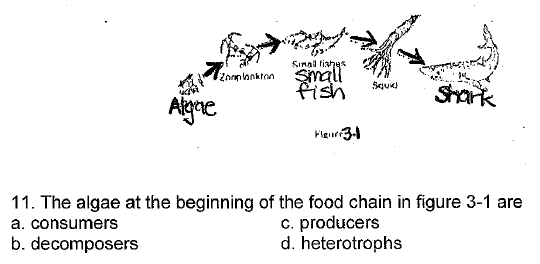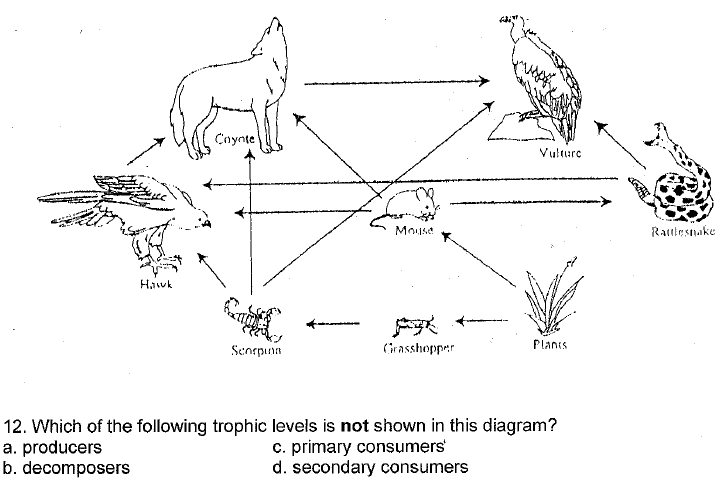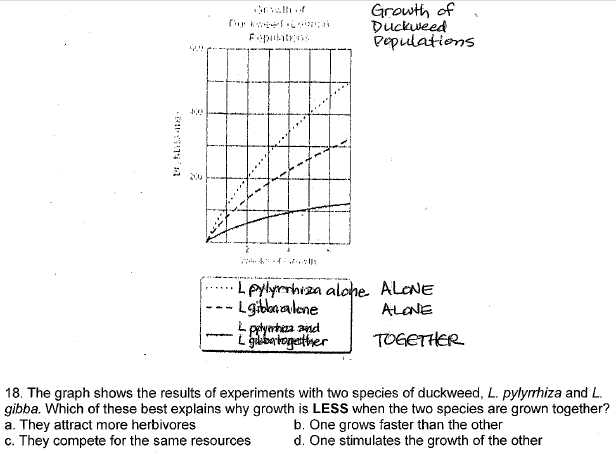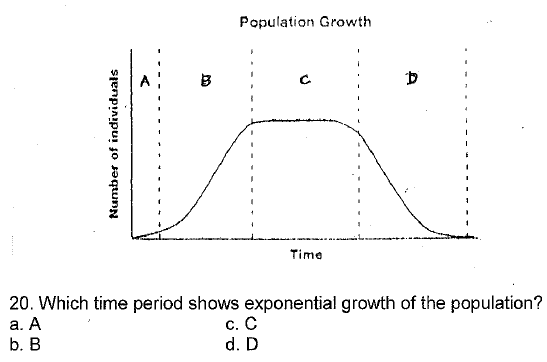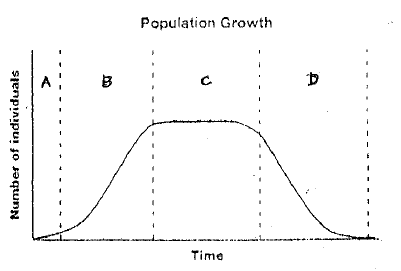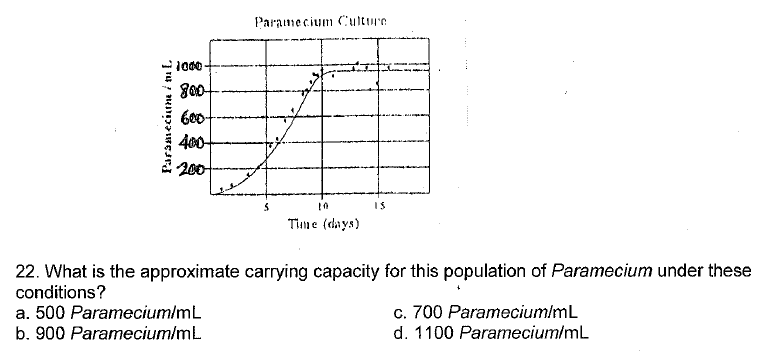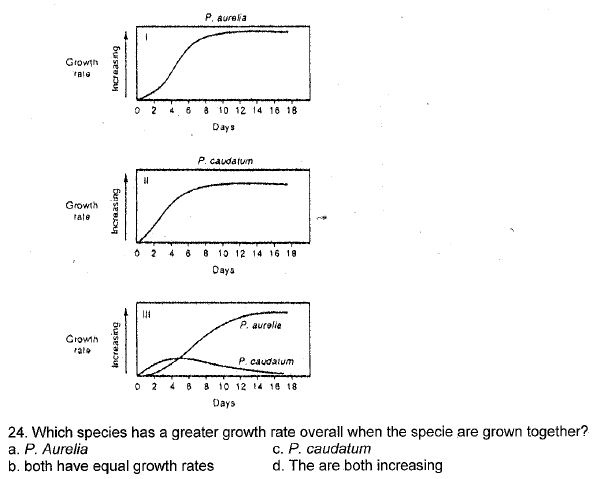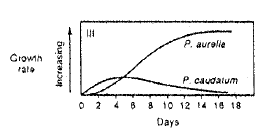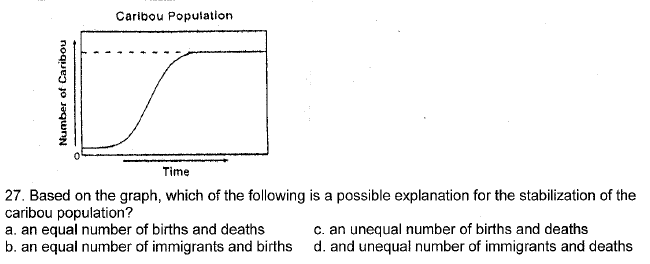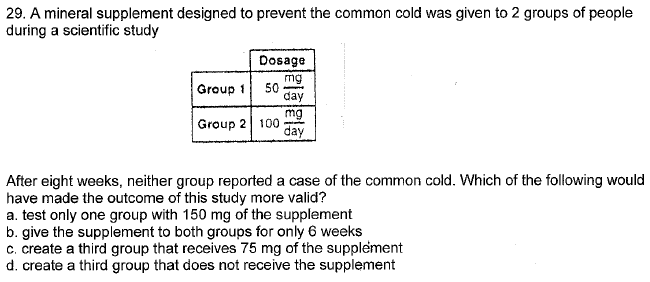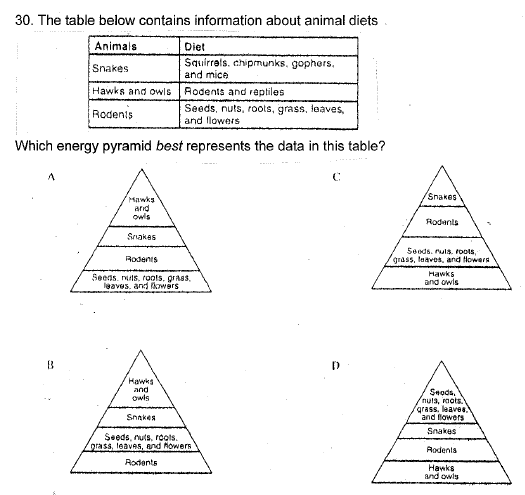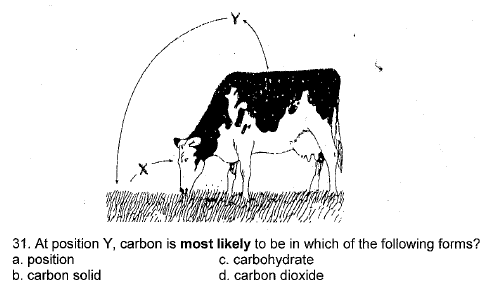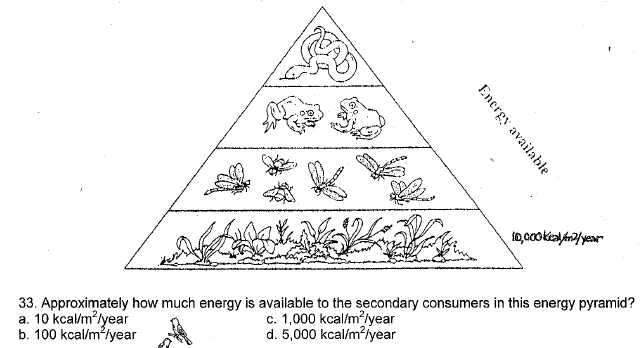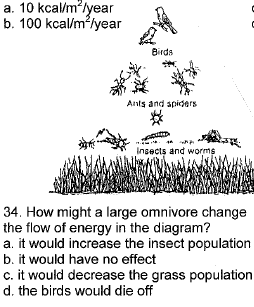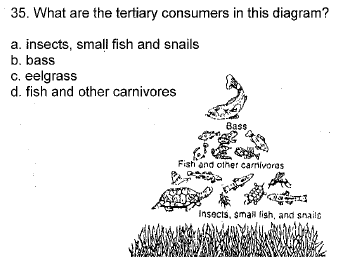CRT Review Semester 1
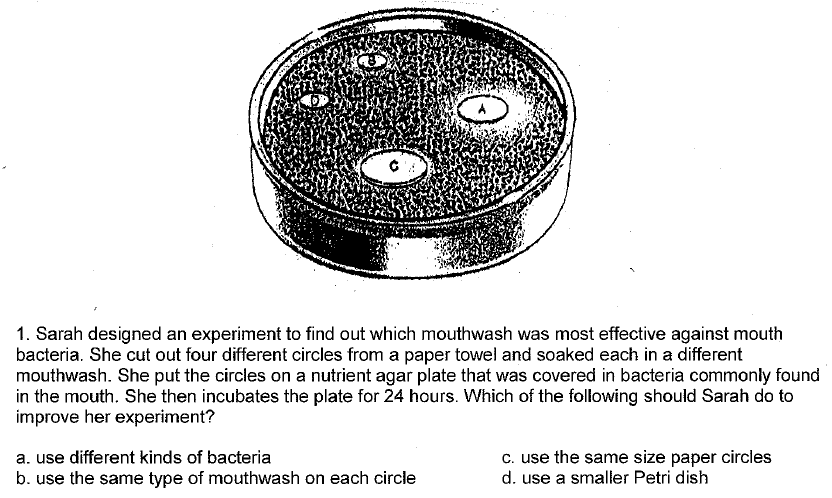
The CRT REVIEW SEMESTER 1 quiz is designed to assess knowledge in electronics, focusing on critical technical concepts. It helps learners evaluate their understanding and See morereadiness in electronics, preparing them for advanced studies or professional applications.
- 2.
-
A
-
B
-
C
-
D
Correct Answer
A. AExplanation
The group that does not get the medicine serves as the CONTROL, because that's what you compare the experimental group to.Rate this question:
-
- 3.
-
A
-
B
-
C
-
D
Correct Answer
A. DExplanation
The CONSTANTS are the things that are kept the same to make a fair test.Rate this question:
-
- 4.
-
A
-
B
-
C
-
D
Correct Answer
A. D -
- 5.
-
A
-
B
-
C
-
D
Correct Answer
A. DExplanation
It's the thing that is measurable.Rate this question:
-
- 6.
-
A
-
B
-
C
-
D
Correct Answer
A. AExplanation
The number of Euglena increase in the light. This is probably because they need light to make energy.Rate this question:
-
- 7.
-
A
-
B
-
C
-
D
Correct Answer
A. D -
- 8.
-
A
-
B
-
C
-
D
Correct Answer
A. CExplanation
The light decreases at greater depths. On sunny days, the light is more intense and travels further in the water.Rate this question:
-
- 9.
-
A
-
B
-
C
-
D
Correct Answer
A. BExplanation
Plants photosynthesize and make sugar from CO2, water, and sunlight. Without sunlight, photosynthesis cannot occur.Rate this question:
-
- 10.
-
A
-
B
-
C
-
D
Correct Answer
A. DExplanation
A population is a group of the same species. A community is a group of many populations of different organisms.Rate this question:
-
- 11.
-
A
-
B
-
C
-
D
Correct Answer
A. CExplanation
Algae make their food from sunlight by using photosynthesis. They are called PRODUCERS because they produce their own food.Rate this question:
-
- 12.
-
A
-
B
-
C
-
D
Correct Answer
A. BExplanation
Decomposers such as bacteria and fungi break down organic material and return it to the soil. They are not shown in the picture.Rate this question:
-
- 13.
-
A
-
B
-
C
-
D
Correct Answer
A. AExplanation
A food web shows the interconnectedness of the food relationships. An ecosystem includes the ABIOTIC factors, so is not the right answer.Rate this question:
-
- 14.
-
A
-
B
-
C
-
D
Correct Answer
A. AExplanation
Precipitation, evaporation, condensation and transpiration are all parts of the WATER CYCLE.Rate this question:
-
- 15.
-
A
-
B
-
C
-
D
Correct Answer
A. BExplanation
Transpiration is the movement of water (H2O) from the stomata in plant leaves into the atmosphere. It is part of the WATER CYCLE.Rate this question:
-
- 16.
-
A
-
B
-
C
-
D
Correct Answer
A. AExplanation
Energy always flows to the consumer. 90% is lost as heat.Rate this question:
-
- 17.
-
A
-
B
-
C
-
D
Correct Answer
A. BExplanation
It's the J part of the curve at the beginning.Rate this question:
-
- 18.
-
A
-
B
-
C
-
D
Correct Answer
A. CExplanation
They don't grow as well together because they are trying to get the same resources. They end up hurting each others' growth.Rate this question:
-
- 19.
-
A
-
B
-
C
-
D
Correct Answer
A. CExplanation
Water availability is an ABIOTIC factor. (Water is not alive).Rate this question:
-
- 20.
-
A
-
B
-
C
-
D
Correct Answer
A. B -
- 21.
-
A
-
B
-
C
-
D
Correct Answer
A. CExplanation
The graph shows neither a decrease or increase during this time.Rate this question:
-
- 22.
-
A
-
B
-
C
-
D
Correct Answer
A. BExplanation
Carrying capacity is the point at which growth levels off.Rate this question:
-
- 23.
-
A
-
B
-
C
-
D
Correct Answer
A. AExplanation
Since only 10% of the energy flows up to the next level, only a small amount of available energy in an ecosystem makes it to the top. Since the coyote is the top consumer in this system, it gets the LEAST energy.Rate this question:
-
- 24.
-
A
-
B
-
C
-
D
Correct Answer
A. A -
- 25.
-
A
-
B
-
C
-
D
Correct Answer
A. BExplanation
P. aurelia is better adapted to grow in this competitive environment.Rate this question:
-
- 26.
-
A
-
B
-
C
-
D
Correct Answer
A. D -
- 27.
-
A
-
B
-
C
-
D
Correct Answer
A. A -
- 28.
-
A
-
B
-
C
-
D
Correct Answer
A. B -
- 29.
-
A
-
B
-
C
-
D
Correct Answer
A. DExplanation
A CONTROL group is needed.Rate this question:
-
- 30.
-
A
-
B
-
C
-
D
Correct Answer
A. AExplanation
Hawks and owls are the top consumers.Rate this question:
-
- 31.
-
A
-
B
-
C
-
D
Correct Answer
A. DExplanation
Animals use oxygen and breathe OUT carbon dioxide.Rate this question:
-
- 32.
-
A
-
B
-
C
Correct Answer
A. A -
- 33.
-
A
-
B
-
C
-
D
Correct Answer
A. BExplanation
The rule of 10% says that only 10 percent of the energy available flows up to the next level.Rate this question:
-
- 34.
IGNORE CHOICE A AND B AT THE TOP
-
A
-
B
-
C
-
D
Correct Answer
A. CExplanation
the omnivore would also eat grass as well as everything else.Rate this question:
-
- 35.
-
A
-
B
-
C
-
D
Correct Answer
A. BExplanation
The plants are the producers. The insects are the primary consumers. The fish and other carnivores are secondary consumers. The bass are tertiary consumers.Rate this question:
-
Quiz Review Timeline (Updated): Mar 15, 2023 +
Our quizzes are rigorously reviewed, monitored and continuously updated by our expert board to maintain accuracy, relevance, and timeliness.
-
Current Version
-
Mar 15, 2023Quiz Edited by
ProProfs Editorial Team -
Dec 07, 2010Quiz Created by
Mrsstarkweather
 Back to top
Back to top







